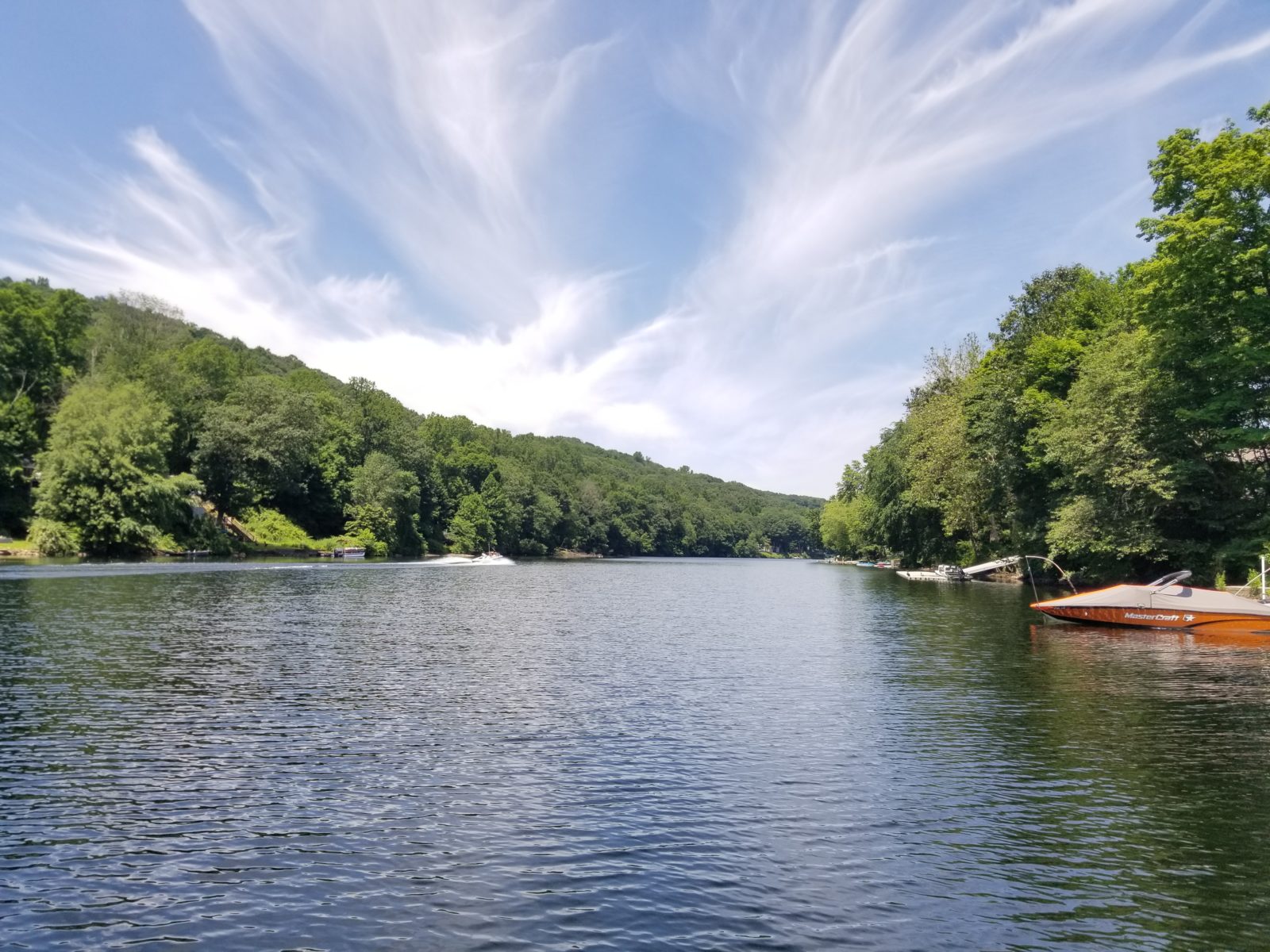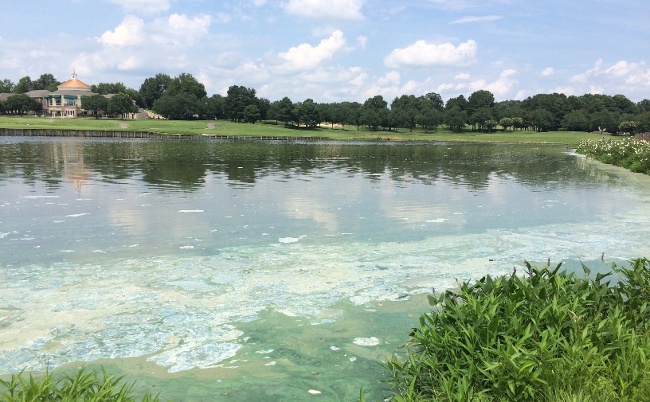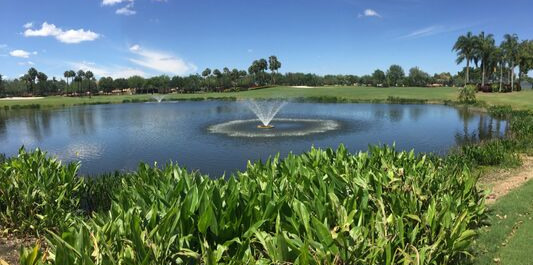

Is it alarmist to refer to nutrient loading as a growing dilemma that is threatening our waterways? Not if you work in the lake and pond management industry or have a passion for preserving our aquatic resources. As an Aquatic Biologist who has managed water resources for more than 25 years, I firmly believe nutrient loading is a rising crisis that needs to be dealt with on a national and global scale.
Almost daily, we see news headlines broadcasting dangerous cyanobacteria blooms, red tides, dead zones and algal toxins that degrade water quality, spur massive fish kills and threaten human health. These Harmful Algal Blooms (HABs) are fueled by nutrients like nitrogen and phosphorus, which enter waterways through stormwater runoff that emerges from livestock facilities, agricultural farms, urban developments, and incidents of excess wastewater discharge.
While awareness around the topic of nutrient loading has undoubtedly increased in recent years, so has the frequency of HAB’s due to continued pressure from population growth, worldwide travel, climate change and pollution. There is no question that nutrient loading is a problem, but the question remains: what are we doing to fix it?
How You Can Help Reduce Nutrient Loading in Your Community:
- Use lawn fertilizer without phosphorus and avoid over-fertilizing
- Regularly rake and bag leaves, lawn clippings and organic waste to prevent obstructing stormwater facility pipes
- Pick up pet waste
- Use environmentally-friendly, biodegradable detergents and cleaners when washing vehicles and pressure-washing houses
- Create landscaping swales (natural filtering systems) using native vegetation, pebbles and rocks to filter water of excess nutrients
- Plant vegetative buffers using native plants along the shoreline to help decrease soil and nutrient run-off
For far too long, homeowners, communities and municipalities have been led to address water quality problems with short-term reactive fixes because they are “quicker and cheaper.” However, these quick fixes tend to cause problems that worsen over time and prematurely ‘age’ lakes and ponds through a rapid loss in depth. Without the knowledge or understanding about the dangers of improper management, waterbody owners may find themselves facing a steep quote for dredging services—the final resort to restore an ailing water resource.

Today’s industry leaders understand the importance of long-lasting, holistic solutions that resolve the root of the problem, but we must all take on the roles of environmental stewards. From driving a car to mowing the lawn, we each play a role in contributing to nutrient loading. Thankfully, there are many small ways to help offset this vicious cycle. Picking up after pets, clearing yard waste and reducing fertilizer use on lawns and gardens can make a big difference in the reduction of unnecessary nutrients and, thus, the health, appearance and lifespan of nearby waterbodies.
And if you are fortunate enough to live or work on the water, you are our front lines. Choose natural management tools like pond aeration and nanobubble technology to help oxygenate the water and reduce the availability of excess nutrients. Talk to an aquatic management professional about ongoing nutrient remediation as part of an Annual Management Plan, which physically remove undesirable phosphorus and nitrogen from the water column. Consider introducing a living shoreline 3-5 ft around the water’s edge. The growth of native flowering plant species will help intercept sediment nutrient-rich runoff, furthering preventing water quality problems.
Up front, proactive management tools can be an investment, but they are an investment into the longevity of your lake or pond, the balance of our precious oceans and waterways, and the health of future generations. And that’s not an investment that we can afford to ignore.









